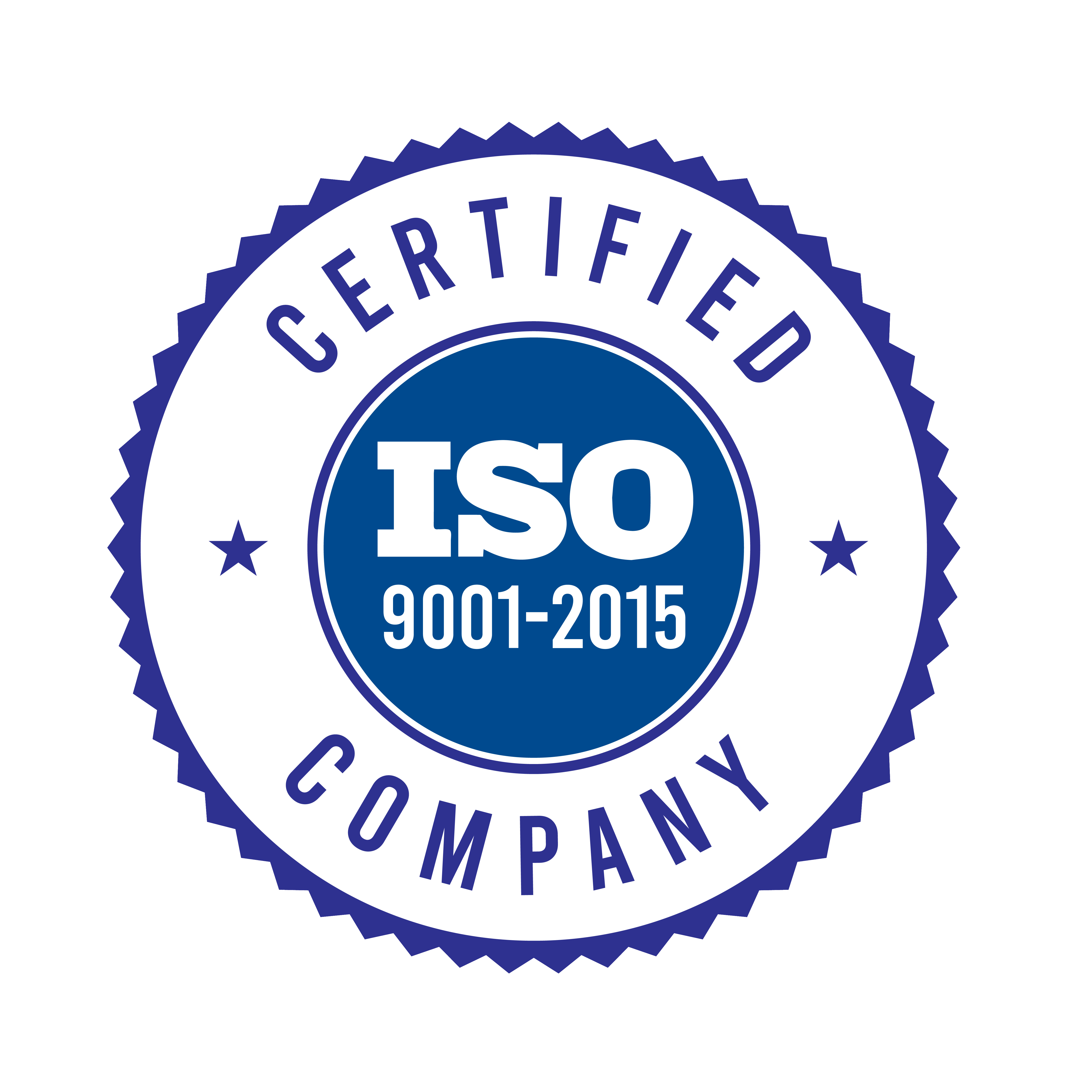Impregnation


Eliminate problems in parts that do not meet porosity specs quickly and economically. Impregnation can recover parts that leak because of small manufacturing defects, minute cracks and fissures.
Porosity is usually classified in three ways:
- Enclosed Porosity …porosity uncovered in the machining process but left untreated
- Blind Porosity …leads to internal corrosion and marring of any finish coating
- Through Porosity …allows leakage through the casting
These defects are usually undetectable by the human eye and become apparent during finishing. Using UV light and UV sensitive impregnation compound, air pockets and imperfections can be detected.
Impregnation is a process that uses vacuum pressure, heat, resins and polymers to penetrate and seal the micro porosity of the component.
- Improved Containment Integrity …reduces or eliminates leakage of both gases and liquids stored or transferred through the product.
- Reduced Testing Costs …in highly critical component applications 100 percent impregnation of parts eliminates the need for expensive leak testing of every component.
- Reduce Scrap …bring rejected parts up to spec.
- Eliminate “Blow Out” …entrapped gases can cause significant structural damage to parts during initial operation or even in subsequent finishing processes.
- Improved Reliability …more and more manufactures demand impregnation of parts as a guarantee against leakage. Gain a reliability advantage over your competitors through impregnation.
Applicable to a Broad Spectrum of Materials.

